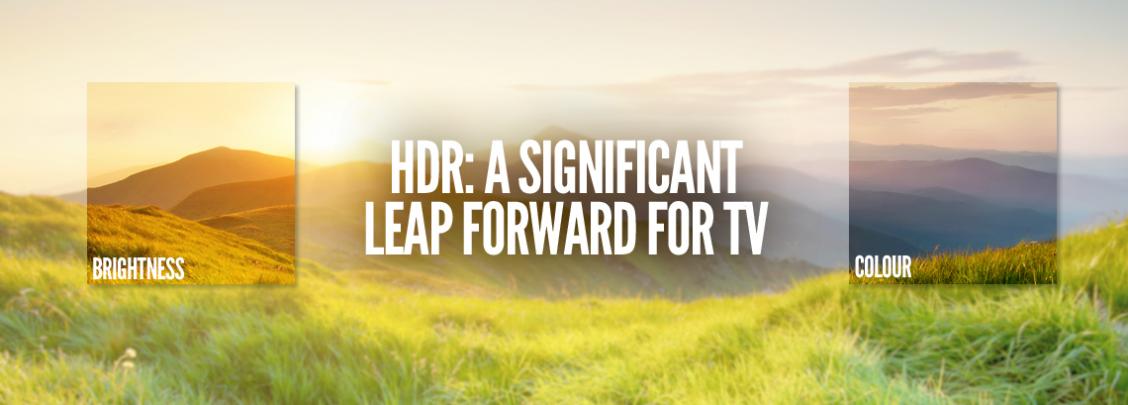HDR: a significant leap forward for TV
This year, everyone is talking about HDR. Here, we describe what it is, what it does – and why it’s something you may well want to think about next time you buy a TV.
With growing numbers of film makers beginning to focus their attention on creating content for TV, it was inevitable that they’d bring with them a desire to replicate the outstanding image quality we take for granted on the big screen. Take award-winning cinematographer Vanja Cernjul, for example, who helped bring the Netflix original series Marco Polo and Orange is the New Black into our homes.
That wish to offer a truly captivating, compelling TV watching experience has resulted in the growing availability of a new technology known as HDR – High Dynamic Range. Some have described it as “the change you’ve been waiting for”. Now, the name of the game isn’t more pixels – it’s better pixels.
HDR promises…
- brighter images
- crisper whites
- deeper blacks
- higher contrast
- more accurate colours
HDR offers a much wider 10-bit colour depth – as opposed to today’s 8-bit depth - and a greater gamut by virtue of using the Rec. 2020 colour space. The result is images that are more dynamic, with more “pop” and that are more realistic – closer to what the human eye actually sees.
Given the significance attached to HDR by the broadcast/streaming and TV manufacturing communities, it perhaps comes as no surprise that there is more than one standard. You may have heard of HDR10, HDR10+, Advanced HDR, HLG, Dolby Vision - but, in fact, they’re very similar. HDR10 is by far the most commonly supported standard, not least because it’s open source and therefore free to use. Dolby Vision, on the other hand, while claimed to be superior to HDR10, is a proprietary standard. Netflix and Amazon – likely to be the sources of most HDR content in the near future – support both.
Now, HDR is in some ways comparable to 4K/UltraHD (and the two go hand-in-hand: only 4K TVs support HDR). It’s an end-to-end process. In the same way as you won’t get the benefit of 4K if the source material wasn’t shot in 4K, or your screen doesn’t natively support 4K resolution – so too with HDR. A non-HDR capable TV won’t deliver the benefits of HDR-captured material – while an HDR-capable TV won’t look any better with sources that weren’t created using HDR.
It will take a little while before HDR becomes the default standard – but it almost certainly will.
